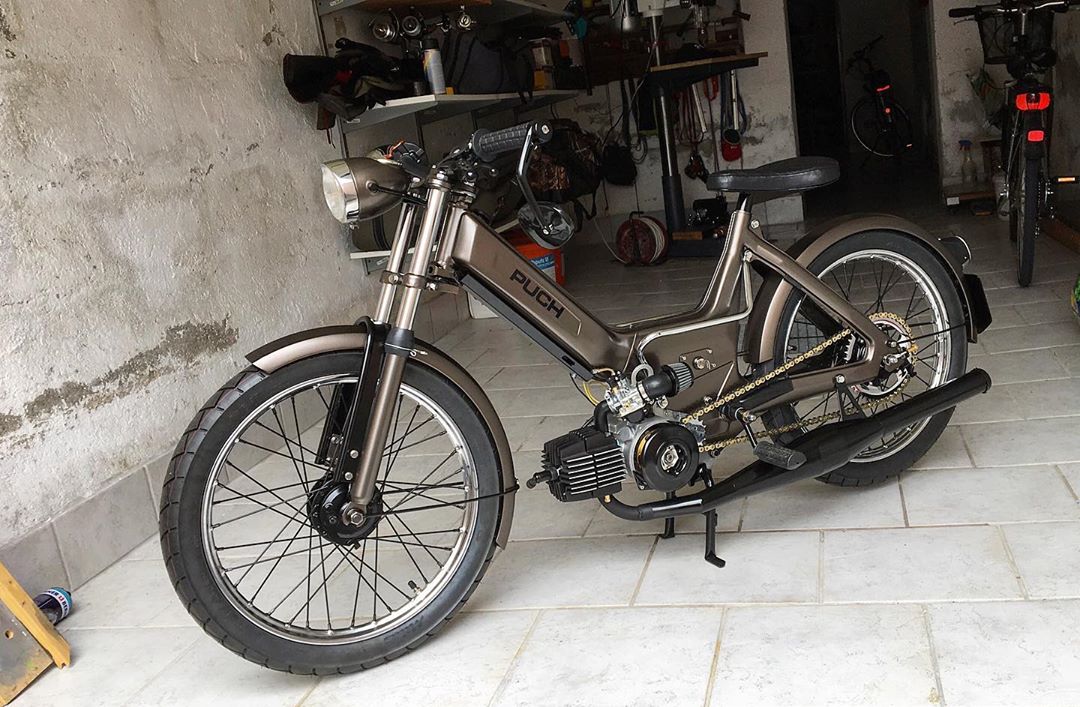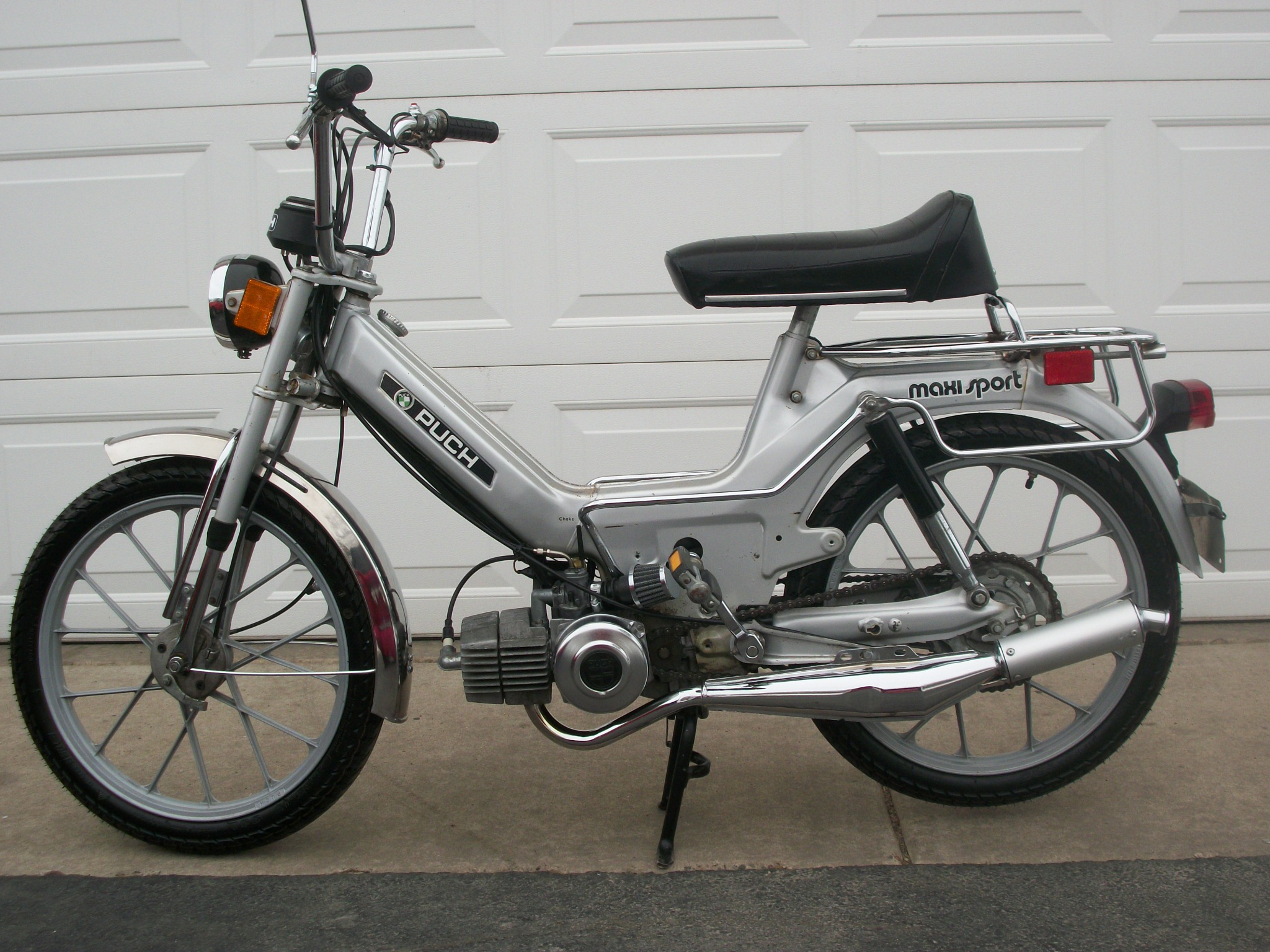
This is typically due to either a manufacturing defect, overheating or metal fatigue from too many heating and cooling cycles. All of the parts share a common ground or hot connection if the unit tests out totally dead, then this internal connection could have failed. Total failure does not usually mean that every part inside the unit died at the same time. You could also perform some basic postmortem checks on the regulator/rectifier itself, and attempt to determine what has failed, internally if you have the necessary test equipment. You should conduct a thorough inspection of all other parts of the electrical system and verify that all components are in good working order and that the regulator was correctly mounted to allow dissipation of heat produced. Before going to the time and bother and expense of replacing one, it is prudent to consider that there are usually contributory factors to a failure. Check both voltages (running and not running) at battery terminals. Start the bike (increase the rpm's up a little), the voltage should now be a couple of volts more than the original battery voltage. The amount of power supplied to the field coil from the regulator decides how much output the alternator will give.Ĭheck the battery voltage, with the engine not running. Others have a stationary field coil, stationary phase coils and have a metal rotor spinning between the two, and need no brushes. Some types have this coil spinning inside the output 'phase' coils to give power, and will have carbon brush connections. When supplied with power from the regulator this becomes magnetised. Some have two output wires (single phase), but most have three (three phase).Ģ) Field Control Type (FCT) - This has a 'field' or 'exciter' coil that is in place of the fixed magnets. There are two main types of alternator that are fitted to most bikes, each requiring a different type of regulator rectifier.ġ) Permanent Magnet Rotor alternator (PMR) - This has permanent magnets that revolve with the engine (rotor), either inside or around a set of wound coils (stator) to produce power. Why are there two different systems? Three phase is more efficient and single phase are cheaper to produce. There are some single phase, regulator rectifiers as well which perform a similar function but there are only two wires coming from the stator into the regulator rectifier which is then fed to the battery in the same way as the three phase system. The voltage is then regulated the voltage being limited to a maximum of about 14.5 volts and feeds this regulated DC out to the battery. The regulator rectifier then rectifies the voltage that is it turns the voltage from AC into an undulating DC. Most modern regulator rectifiers and Stators form a three phase system, so there are three wires coming from the stator feeding into the regulator rectifier.
Points puch moped generator#
It usuallty gets an AC power feed from the stator coil of the generator (alternator). It does the rectifying part as well the regulation part. The regulator rectifier is a combined unit. The standard and mini are what can be found on most modern motorcycles.

The amp rating is colour coded:īlade Fuses These are also known as ATC, ATM, or ATO fuses and come in standard, mini and maxi varieties. They are commonly found on 70s and 80s European models.


The amp rating is stamped on the metal end plate or printed on an internal card.

It also must be noted that damage can result if a fuse is repeatedly changed rather than a fault repaired. Fuses by nature often suffer failure due to age, vibration, and corrosion. In theory the fuse should fail and melt well before any damage occurs. Motorcycle fuses protect electrical circuits from damage caused by overloads and surges in faulty wires and components.


 0 kommentar(er)
0 kommentar(er)
